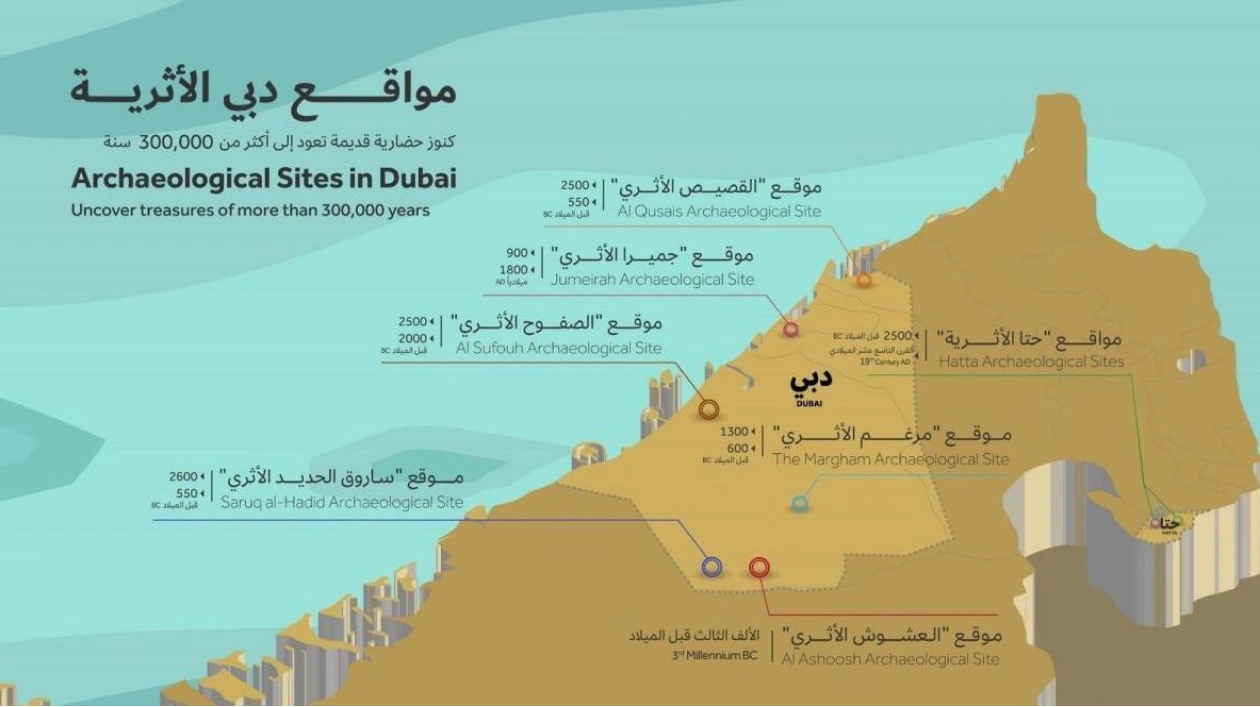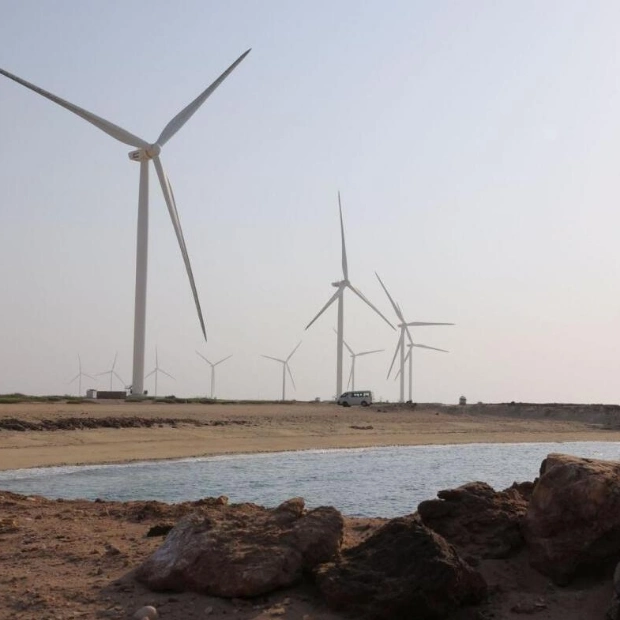Archaeological surveys in Dubai have uncovered numerous sites, such as Saruq al-Hadid, Al Sufouh, Jumeirah, Al Ashoush, among others, revealing the emirate's ancient roots dating back over 300,000 years. From the Lower Palaeolithic to the Neolithic period, and up to the late Islamic eras, Dubai boasts over 17 significant archaeological sites representing the rich legacy of its historical inhabitants.
Managed by Dubai Culture and Arts Authority, these sites aim to enhance the emirate's global heritage standing. One of the most significant sites is the Saruq al-Hadid Archaeological Site, believed to have been a key center for Iron Age metal smelting. The Islamic Era Jumeirah site, dating back to the Abbasid Caliphate era, showcases an ancient Islamic city with 12 archaeological buildings reflecting the prosperity of Islamic civilization during the 10th century.
The Al Sufouh site contains remains of a settlement from the third millennium BC, including earth-cut tombs dating to the Umm Al-Nar civilization period. Moreover, the Al Ashoush site represents early evidence of human settlements in remote areas away from the Arabian Gulf coast.
Discovered last year, the Margham archaeological site features a semi-circular-shaped tomb resembling the architectural design of the Hafit era. Additionally, the Jabal Al Yamh Tombs in Hatta reveal historical information through 84 tombs scattered beneath the mountain slopes, belonging to various civilizations.
The Hatta region also contains several villages sharing similar architectural elements and building methods, offering insight into the prevalent social life at that time. Furthermore, the Wadi Jima site comprises an Islamic agricultural village from the late Islamic Era, boasting distinctive architectural and engineering elements.






